How to Upload an Instagram Story: A Step-by-Step Guide
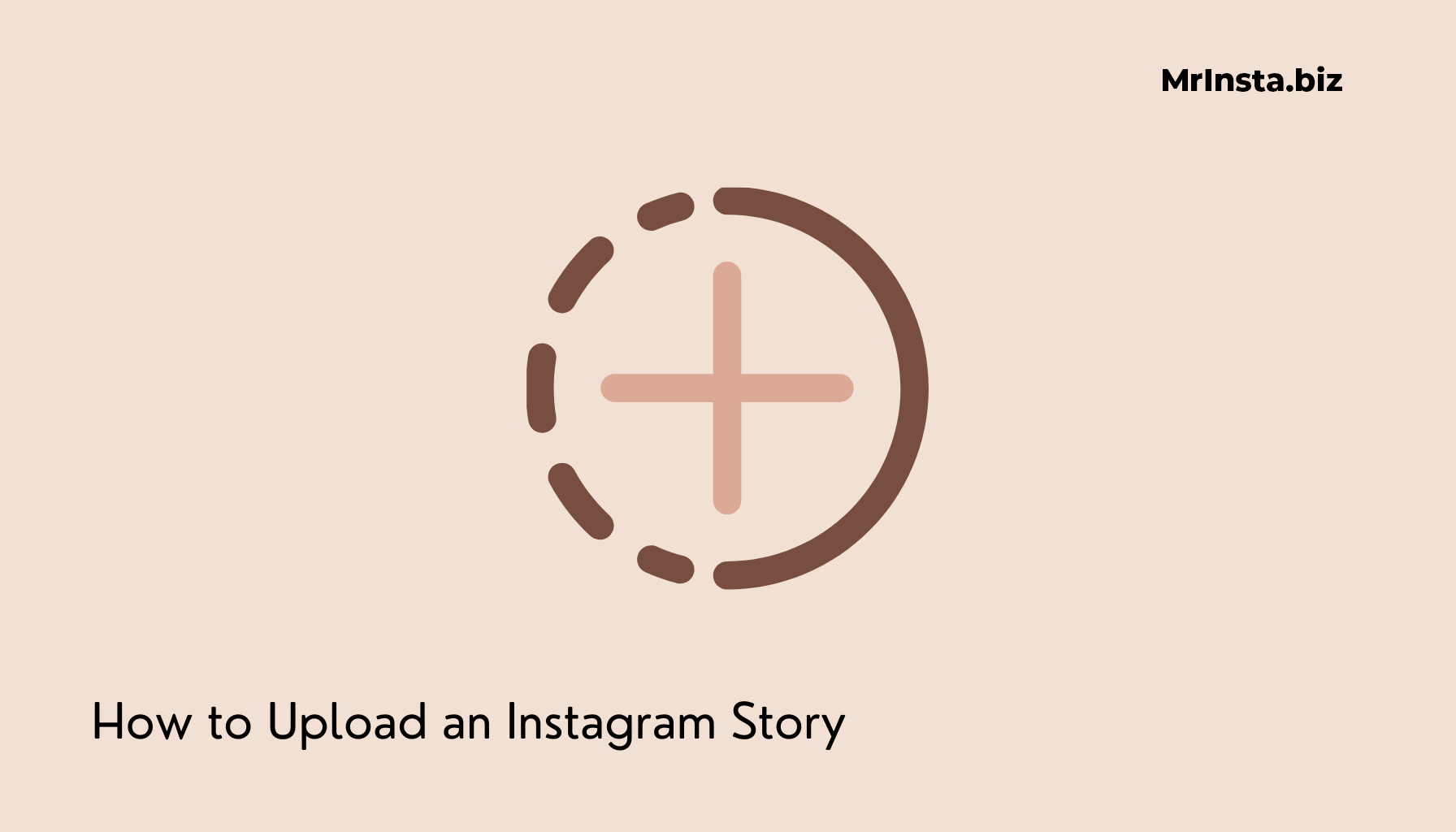
To upload an Instagram Story you need to click on the + sign on the top left corner of your Instagram App, Select content (or create new) and click on share. Below is the step-by-step tutorial for you to follow:
1. Open Instagram.
To begin uploading the story, you have to click on the + Plus sign on the home screen and select Story.
Other than this, in the top left corner of the screen, look for a circled Your Story icon with a plus + sign.

2. Click on the top left circled corner (with + sign)
The top left corner of the home page displays the profile picture with a blue ‘+’ sign. This icon serves as the starting point for story creation.
Alternatively, to open the story camera, swipe right from anywhere in your feed.
3. Take a Picture
Click the circled button at the bottom of the screen, above “Story.” Remember, you can take a picture with a filter on. Swipe the filters to get the filter of your choice. The majority of fashion bloggers, influencers, and celebrities use Instagram filters while taking selfies; such as Kim Kardashian, Kylie Jenner, Selena Gomez, Taylor swift etc.
4. Record A Video
Instagram allows you to record a video instantly. Hold down the circle button. You can record a video of 3 seconds to 60 seconds for a story. Beauty brands, fashion bloggers, and most Instagram users post videos.
5. Add Content from the Camera Roll
Most users prefer to add content directly from the Camera roll, instead of creating it live from the camera. To add content, swipe up or click the gallery icon in the lower left corner to choose a photo or video from the gallery.
6. Reshare the content
Sharing others’ content is a useful way of posting good content on your story. When you like someone’s content, you can share it on your story with a single click on the Arrow next to the comment icon.
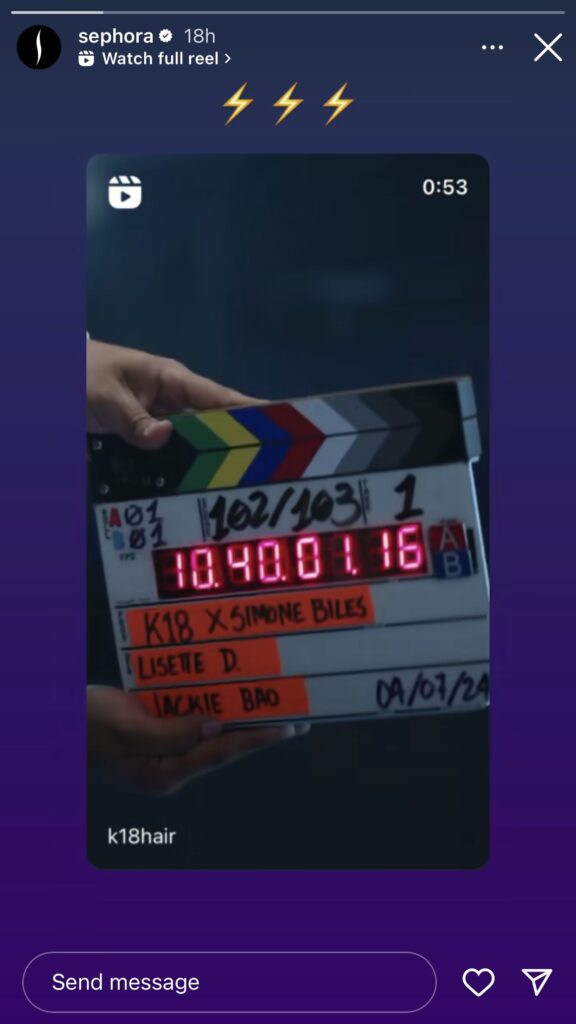
18 Tips to Improve Your Instagram Story
You can Improve Your Instagram story with 18 tips:
1. Edit Your Instagram Story
You can edit Your Instagram Story with the help of Instagram’s editing feature. However, the best way to edit your content like a Pro is to edit your content with the help of your Phone’s Camera setting. For this purpose, you need to switch up the settings of your Phone. Open Settings and scroll down to the Camera Settings. If you’re an iPhone user follow the following steps:
- Enable Apple ProRaw and select 48 Megapixels in the ProRaw Resolution.
- Go to the option of Record Videos and Select 4k at 30 fps.
- Turn on HDR, Grid and Mirror Front Photos
However, If you’re an Android user then install the best editing app: Adobe Lightroom to Properly edit your photo/video. In Adobe Lightroom, click on the Auto button if you are a beginner. Increase the brightness, if the lightning in your picture is slightly dim. Also, utilize the color feature. Go to HSL and Select the color in your image/video. Increase the vibrancy of the color and do the same for each color in your content. Select Structure and increase it a little bit to make the content clear.
2. Find the Right Instagram Filter
Try different filters on Instagram to get the Right Filter. There are about 60 filters on Instagram. It allows you to search for any type of filter. For Instance, If you want to apply a filter of makeup, you can search for it in the Filter search Bar and you will get many suggested filters of makeup. Try them one by one to see which one suits your content.
For iPhone users Chrome is the best filter. However, If you prefer the filters of Instagram then Clarendon is the most popular filter, it increases the colors and vibrance of the content.
Secondly, Lux is also one of the most popular filters in 2024 that allows you to adjust the saturation and contrast level of the content.
Other than these filters, you can also opt for the Premium Filters of Adobe Lightroom such as Portraits, and Seasons, according to your skin tone and the ongoing season.
3. Use the Trending Instagram Filter for Selfies
Using the correct filter can improve your Instagram story. Fashion bloggers and influencers always apply filters to their selfies since sunburns, wrinkles, and open pores can spoil the Pictures. While these filters can make the skin look clear.
Some of the most popular Instagram filters in 2024 are:
- Bluesky
- Amazing
- Golden Bloom
- Forest
- Pleasant x1
4. Post Mirror Selfies
Mirror selfies allow you to capture entire photos including your dress, shoes, and accessories. Try to capture more Mirror Selfies and Post them frequently. Many fashion bloggers Post Mirror selfies with trending hashtags such as #ootd to display their today’s Pick.
5. Create Pretty Layouts
Layouts are quite interesting. Instead of posting numerous stories, you can include multiple images within a single frame, making it more unique and pretty.
6. Pre-edit Your Videos
Pre-edit your Videos before uploading them on Instagram. If you want more control over how your story appears, consider editing your videos before uploading.
You can install some Video-editing apps like Prequel, VN, Wink, and InShot to enhance and properly edit the Videos. Apps like InShot have been downloaded millions of times, with a 4.8 rating on the App Store from over 1.2 million reviews, indicating their popularity and effectiveness in enhancing video content.
7. Edit the background
Edit the background, when the Background of Your Picture is not good. Make sure to capture a video/photo in a suitable background.
If the background of the content is not suitable, various apps may assist you in eliminating or replacing it. For instance, PicsArt and Adobe Photoshop.
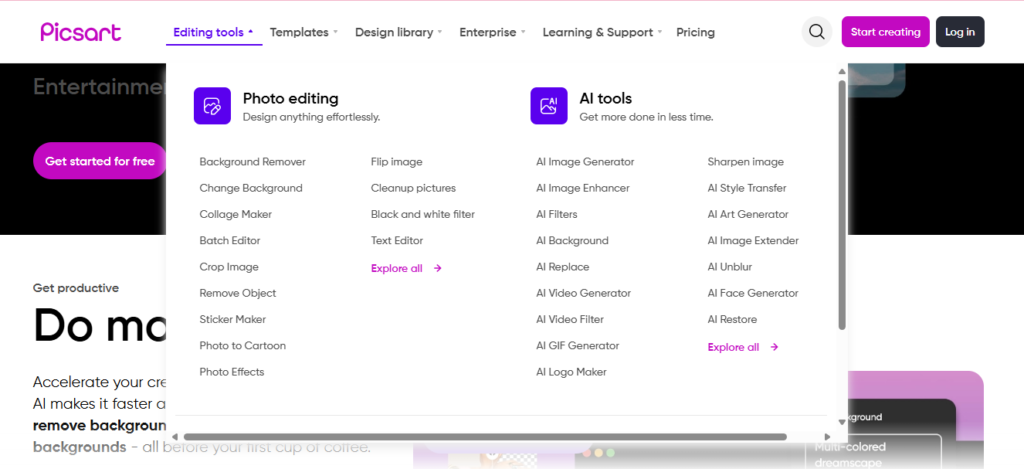
8. Add a trending music
Add trending music to Your Story to instantly grab the attention of the users. Don’t add distracting music to Your Video. The focus of the video should remain on the content of the video. Try to add relevant music that goes well with your content.
9. Add a text to Describe it
When you add text to the content, the content becomes more clear. A lot of users watch videos with the Mute button, so this text helps them understand the context of the video even without the sound.
10. Add Location to further Enhance it
Add the right location to your content to enhance your content. When you add a location, it lets your followers know where you have been and they might visit the same place.
11. Tag others
Tag others when they are a part of your Instagram story. Most fashion bloggers tag brands while unpacking their PR packages or when they are giving reviews regarding the products or services of a brand/business.
12. Post Ads on Your Stories
You can Post Your Ads on Instagram Stories to advertise your products/services.
13. Share Inspirational Quotations, Relatable Sayings, or Funny Memes
Most Instagram users share relatable and inspirational quotations and sayings in their stories.
14. Create interesting Boomerangs
Boomerangs add fun to your Instagram stories. Look for a boomerang icon on the left; click on it to begin creating a video that loops back and forth.
15. Use Lightroom’s Presets
Lightroom offers various Presets. You can apply different Presets to see which one is better for your content. If your content is Professional then you may take Premium Package of Lightroom for the Professional Filters.
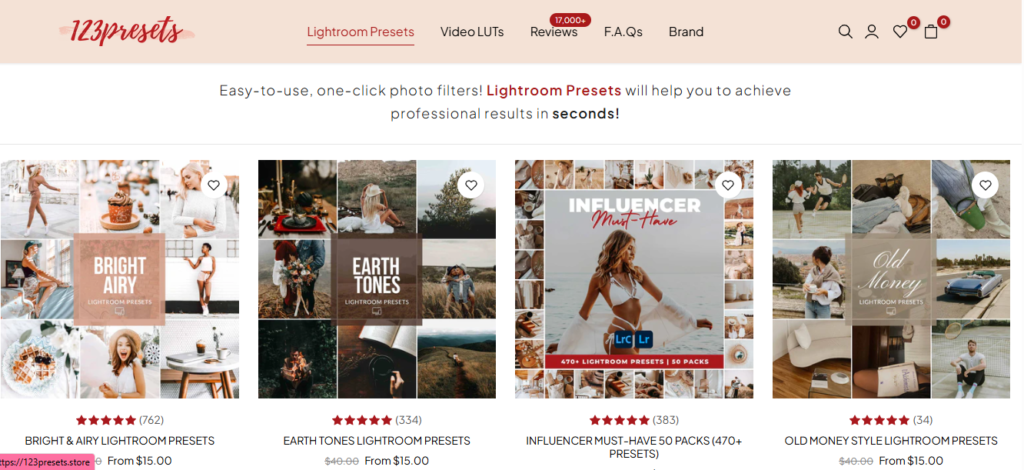
16. Enhance the Content with Beauty Applications
Enhance your content by installing the appropriate beauty applications. These applications allow you to modify the color of your lipstick, apply eyeliner, adjust your skin tone, shape your figure, and even raise your height in pictures. For example, you can choose Youcam Makeup, Facetune, or B612.
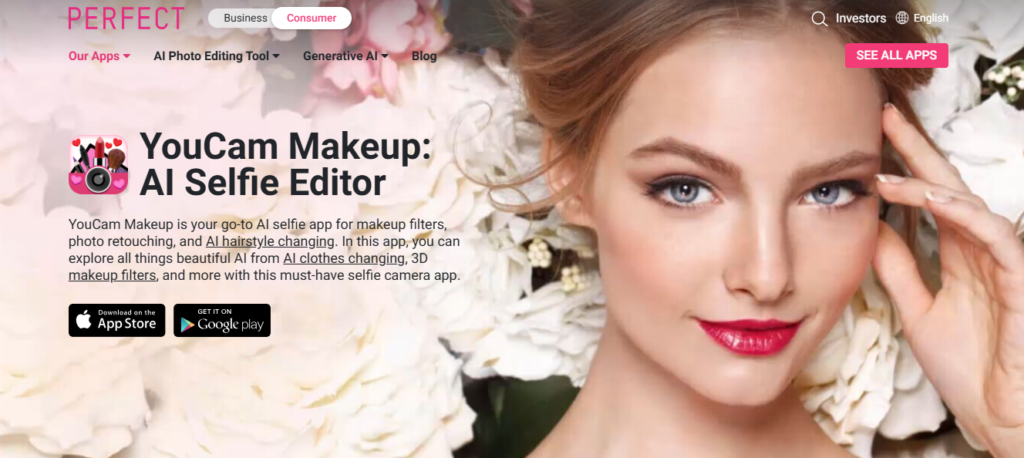
17. Change the Outfits with Application
Change the Outfits in your pictures with a single click. Install the app Facetune and click on Clothing. You will get a variety of options. Pick the dress of your own choice and within a few seconds, the dress will be changed.
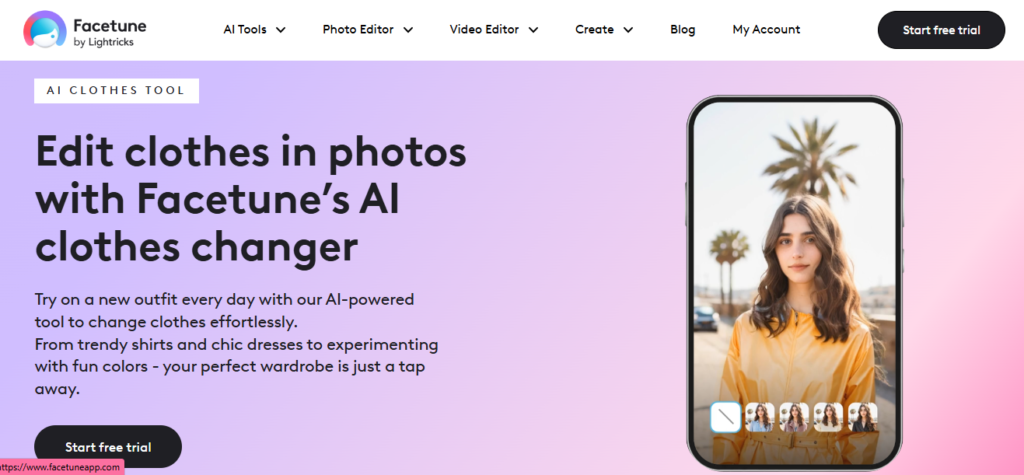
18. Create Highlights to Save Your Stories
Highlights let you save your Instagram stories. These stories vanish after 24 hours but if you want to keep them, you can create a separate section of highlights where you can keep saving them on your profile.
1. Can we attract followers by posting more Instagram Stories?
Yes, we can attract followers by sharing more stories on Instagram. Many big brands with millions of followers keep their audiences interested by posting stories regularly.
2. How can we create the best Instagram Stories?
We can create the best Instagram stories by selecting the appropriate content, a good background, trending music, and a good filter.
3. Which editing tool is better for enhancing Instagram Stories?
Lightroom is ideal for editing Instagram stories. There are several presets and filters in Lightroom. You can select any filter, according to your choice.
Conclusion
To sum up, you can post a good Instagram story within a few minutes. It just requires some time and a good editing skill. You need to Pick the right filter, choose the right music, add text, capture quality content, and share interesting stories of others that are worth sharing.


